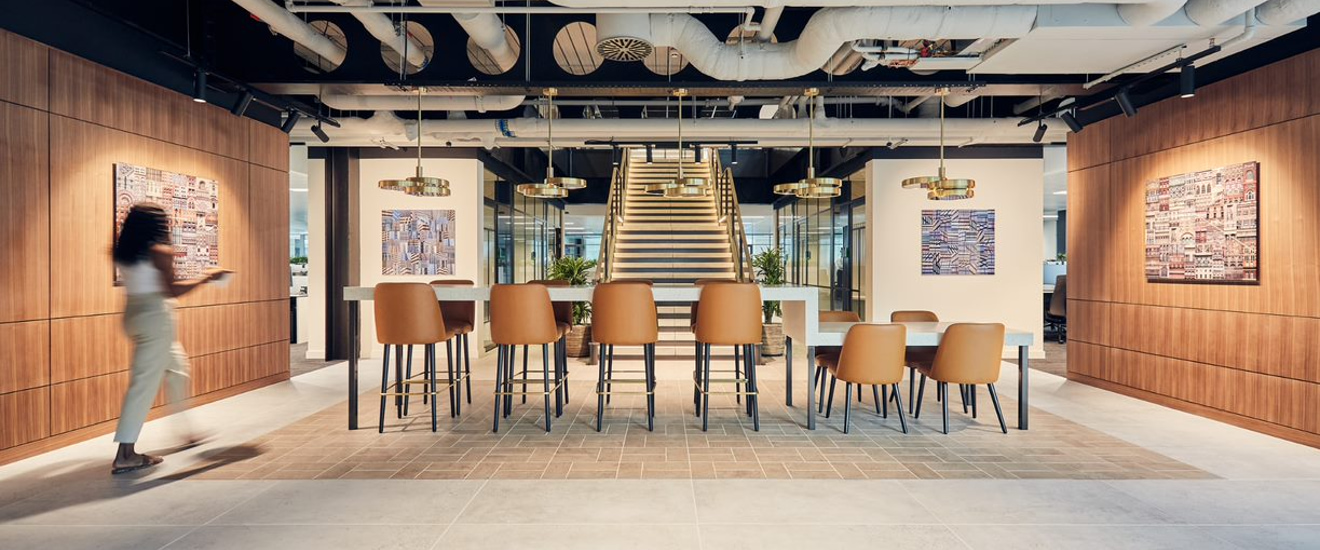Sign up to our newsletter.
Stay up to date on the latest in workplace design & build. Sign up to our newsletter for useful advice, information and inspiration from the world of workplace.

The fundamental principles of workplace design have significantly changed over the past 10 years. The standard 9 to 5, Monday to Friday has evolved into what now appears to be an ‘always connected’ society. While technology has enabled us to connect no matter where we are, there is also the thought that demands and expectations from business leaders are forcing staff to go above and beyond the standard requirements or risk their job security. Hannah Nardini, workspace strategist from WKspace, shares her insights on how office design has evolved with modern times.
Multi-generational working creates many challenges for the modern office and the designer must find ways to balance the needs and demands of each of these groups with the intention of improving productivity, morale yet reducing attrition and absenteeism.
Therefore, each person is encouraged to be empowered and take control over how and where they work. This could be working in cafes for the Millennials through to library spaces for Generation X and booking hot offices for the Baby Boomers.
Research carried out with Kingston University showed that there was a difference in behaviour in the workplace but this doesn’t mean there is a separation between generations at all. Modern workplace design revolves around balance and choice and by allowing staff the option to choose where they work, there were more opportunities for cross generational interaction and knowledge sharing.
The zones within the workplace are now centred around focus working, collaboration, learning and social spaces. Each plays an important part in supporting task working. The natural benefits of encouraging staff to move around is the ability for an organisation to reduce the amount of fixed owned space.
A more strategic analysis on how the current workplace is utilised can identify opportunities for organisations to create a shared model and reduce space requirements by up to 35% in some circumstances. However, before embarking on this type of shift in working model we strongly recommend that the people impacted by the change are an integral part of the process.
The modern office is now designed around multiple zones which are designed to support the specific tasks of the occupants. No longer do we want staff to be tied down to one space or desk when we know they are highly unlikely to be personally productive there. Having dedicated zones around the office enables a better office culture, as people understand where they can communicate and socialise, creating a hub in the workplace.
The technology we use in the workplace is the backbone to true agility. While the pace of technological advancement is unstoppable, we endeavour to design the workplace in such a way that embraces change in the future even though we may not know where that may come from. This results in offices with less built spaces and more fluid and flexible spaces that can be reconfigured within a few hours. This method of design offers a sensible use of valuable resources but supports the workplace evolution for the next 10 years.
The workplace has become an extension of our identities and social lives. The lines between work and play have become somewhat blurred. This had led the design of the workplace to support this new working profile and put an emphasis on employee wellbeing. Employee wellbeing is becoming increasingly important and things like gyms massage rooms, and exercise spaces are becoming more common.

Your workplace holds enormous potential to improve your business performance. Get in touch today, and we will unlock that potential together.